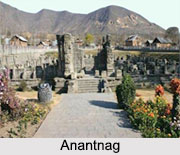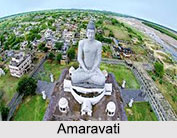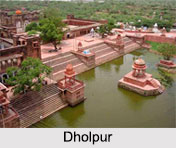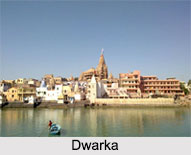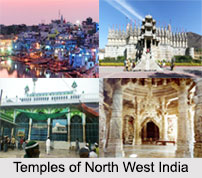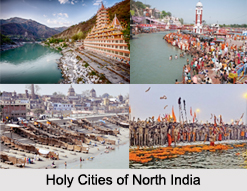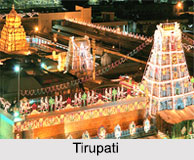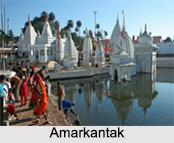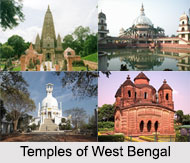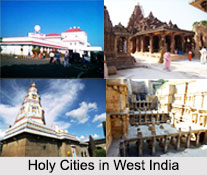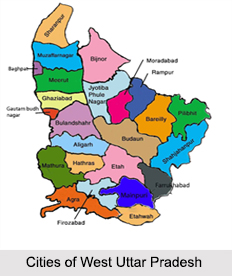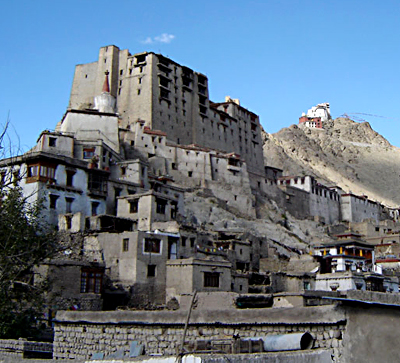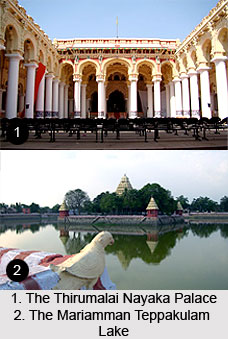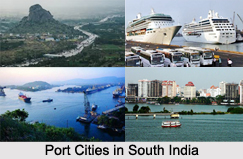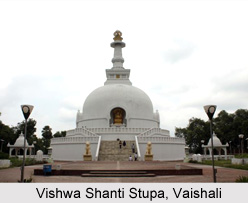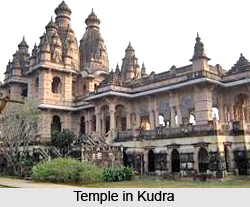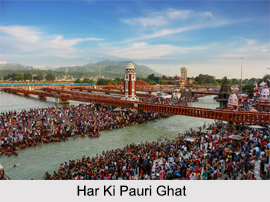 Karanji Mansion, one of the most beautifully built mansion in Mysore was built in the year 1902 with its cusped arches, sunshades, stone hew balconies each resting on lotus base, carved stone columns and parapet is a fine mix of Hindu-Saracenic architecture. At present Karanji Mansion houses the Postal Training Department and a small museum depicting the Postal history of the country.
Karanji Mansion, one of the most beautifully built mansion in Mysore was built in the year 1902 with its cusped arches, sunshades, stone hew balconies each resting on lotus base, carved stone columns and parapet is a fine mix of Hindu-Saracenic architecture. At present Karanji Mansion houses the Postal Training Department and a small museum depicting the Postal history of the country.
Maharaja Chamaraja Wodeyar had two sons and three daughters. The sons lived in the Mysore Palace. For the three daughters he built mansions and named them after his daughter`s. The princesses used these mansions after their marriage. These mansions were magnificent and were set in a sprawling garden. They were built attractively using the best craftsmen of those days. The rooms of the mansion are elaborately craved and the gardens that surround them are carefully laid out. Karanji Mansion is one of those palaces in Mysore.
Karanji Mansion in Nazarbad Mohalla of Mysore was constructed for the second princess Krishnajammanni. Karanji Mansion is built using the Indo-Sarcenic Renaissance style of architecture like the other two mansions. Karanji Mansion was built in the year 1902 on an area of 38 acres and in on a small hillock. Karanji Mansion was built at a cost of Rs.4, 27,610 and because of its proximity to the Karanji Lake it became popular as Karanji Mansion.
Today like most of the Royal buildings in Mysore, Karanji Mansion is a modern institution is housed in this Mansion. Since 1965 Karanji Mansion acted as a Postal Training Institute of the Department of Posts, Government of India, has been using the Karanji Mansion. The Postal Department not only trains its personnel here it has set up a museum depicting the Postal history in the country. The Postal Department has maintained the mansion and its grounds extremely well.
This article is a stub. You can enrich by adding more information to it. Send your Write Up to content@indianetzone.com
